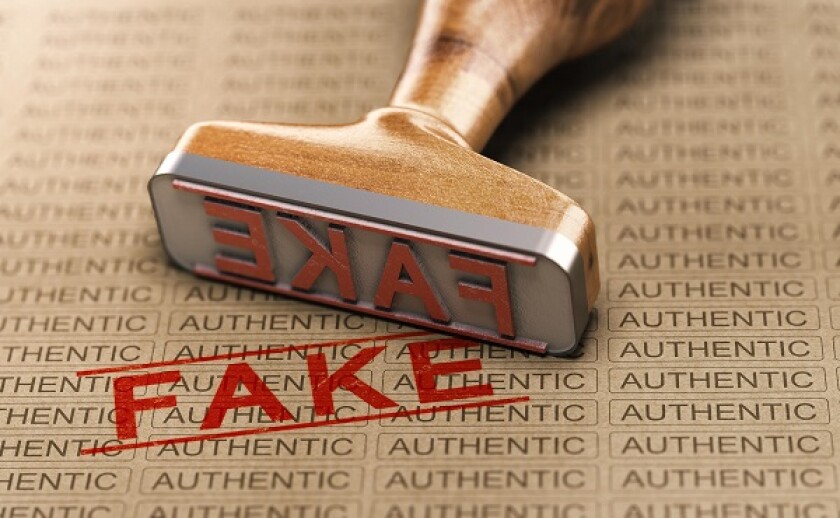The long-awaited Trademarks Act 2019 (2019 Act) finally came into force in December 2019. The enactment of the 2019 act effectively repeals its predecessor – the Trade Marks Act 1976 (1976 act). Among its various developments, a notable addition is the criminalisation of the act of counterfeiting trademarks. Part XV of the 2019 act deals with criminal offences, which were not dealt with under the 1976 act. Prior to the enactment of the Trademarks Act 2019, the criminal offences and enforcement provisions lay within the ambit of the Trade Descriptions Act 2011 (2011 act). The 2019 act has consolidated such provisions to comprehensively cover criminal offences, enforcement and penalties within the act.
The 2019 act further widens the scope of potential infringers to include any person who creates or is in possession, custody, or control of an article or machine that copies a registered trademark or a sign likely to be mistaken for that trademark. This ambit of protection was not provided in the 1976 act and the 2011 act. In addition, this provision seeks to remedy issues faced in the past where enforcement officers were not empowered to seize the article or machine that made the infringing copies as the power of seizure then was limited to the scope of goods or services of the registered trademark purported to have been infringed.
The protection against false trade descriptions was only confined to advertisements under the 2011 act. In contrast, the 2019 act effectively expands the scope to include any documents in any medium – which arguably includes physical and digital. This significantly broadens the scope of protection offered to trademark owners as not only does it expand the ambit of physical means beyond advertisements, it also affords protection in other mediums such as the online sphere. This addition is timely as it accounts for technological advancements since the enactment of the 1976 act. Essentially, it makes it easier to hold the alleged infringer liable for attempting to deceive consumers.
Previously, under the 2011 act, to bring an action against the use of a mark or get-up which is not identical to the registered trademark but can be passed off as such, the owner of a registered trademark had to apply to the High Court for a trade description order. The 2019 act has done away with this requirement. Instead of a trade description order, the trademark owner can obtain a registrar's verification by submitting the prescribed form together with the prescribed fee to the Trade Marks Registry. Under the 2019 act, the registrar's verification shall be prima facie evidence in legal proceedings. This avenue simplifies the procedural and formality aspects for an owner of a registered mark to enforce its rights. It is also anticipated that trademark owners will incur lower cost in bringing an action against counterfeit trademarks under the 2019 act.
Further, under the 2019 act, it is an offence to falsify a genuine registered trademark, whether by alteration, addition, effacement, partial removal or otherwise without the consent of the trademark owner. This is an extension of the scope of protection offered against the act of making a sign identical to or similar to a registered trademark. Similar provision is also provided for this in the 2011 act. Having said the above, while these developments are largely in favour of trademark owners, the 2019 act has also introduced a defence against the offence of supplying goods with falsely applied trademarks. As long as the alleged infringer can demonstrate that he has taken all reasonable precautions against committing an offence, and he had no reason to suspect the authenticity of the trademark, he may be able to dispel liability. At this juncture, the extent and degree of evidence required to sustain such a defence is yet to be known and remains to be tested in court. Even so, despite being peppered with uncertainty, this provision is yet another positive development as it affords innocent individuals adequate protection if they are able to demonstrate that they have acted in good faith.
On the whole, the Trademark Act 2019 introduces a notable change to the trademark landscape. The Trademark Act 2019 is widely embraced as it grants trademark owners a broader scope of protection by widening the scope of potential infringers. This marks a significant step in the right direction as it could potentially curb the issue of counterfeits.
Ameet Kaur Purba and Lee Chiao Ying











